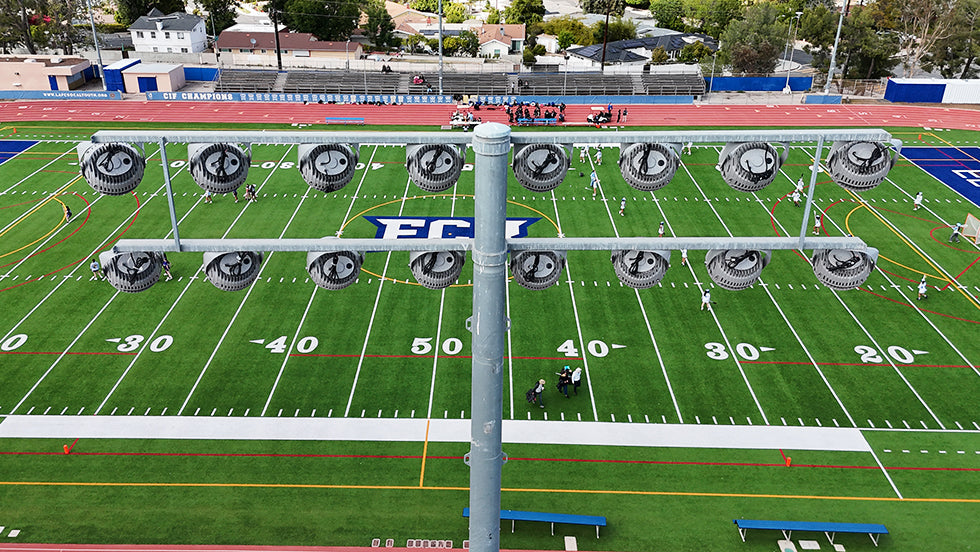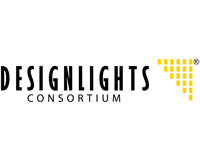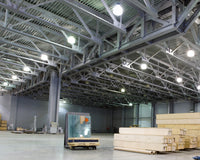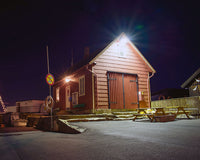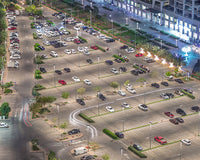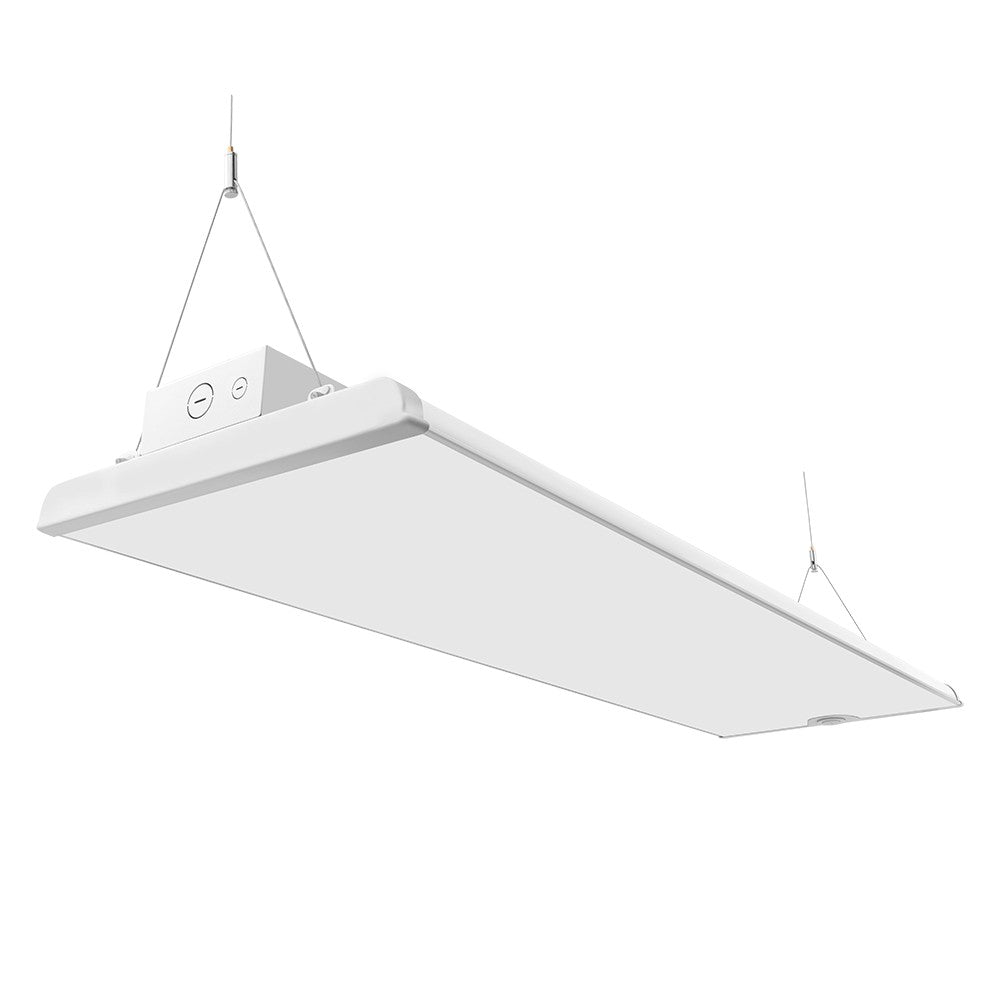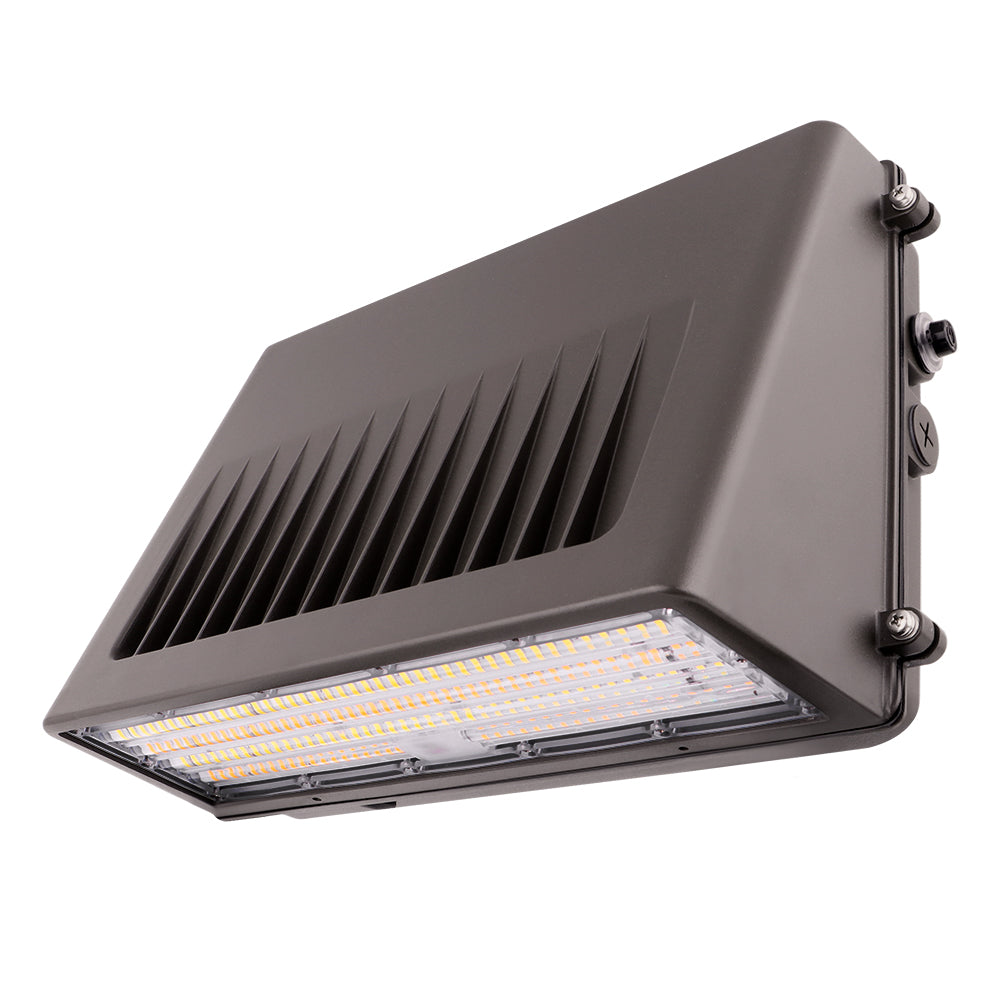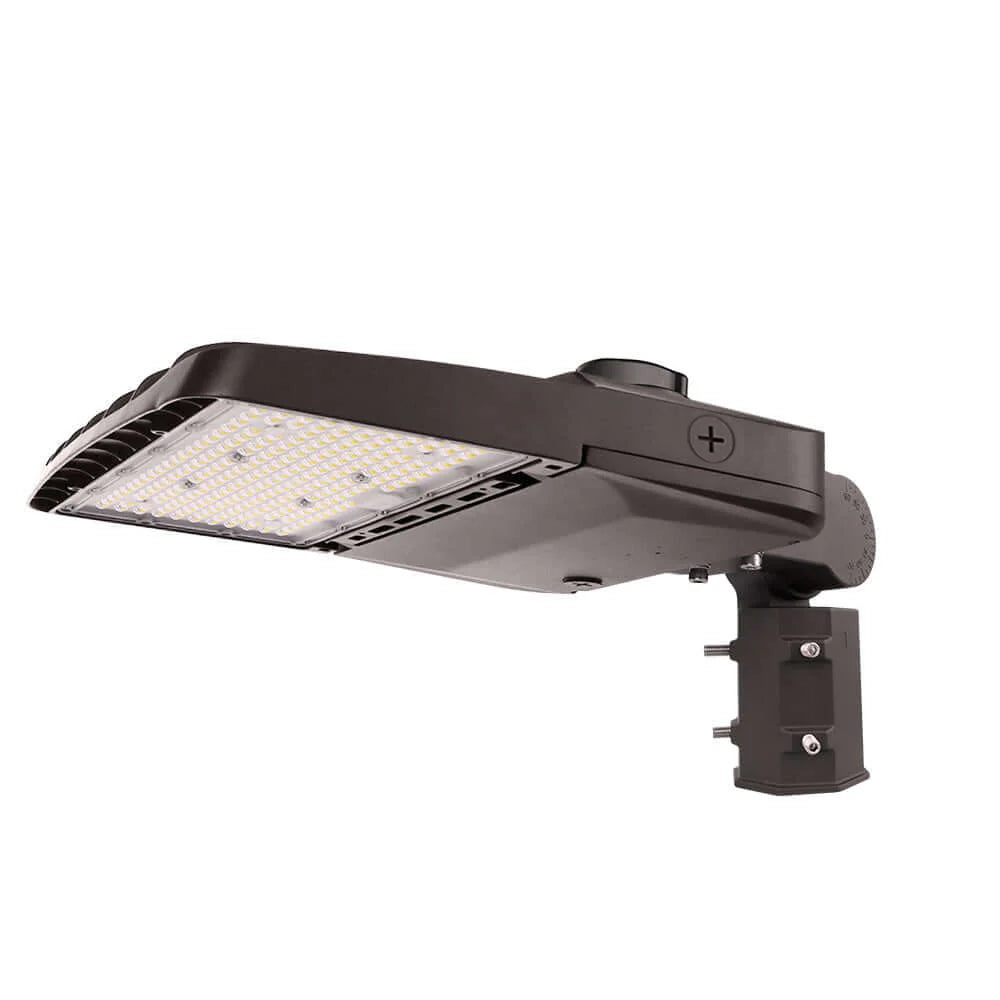Switching from traditional stadium lighting, such as metal halide or HID fixtures to modern LED systems is no longer just a trend. It's quickly becoming the new standard. Why? Because LED stadium lights offer better performance, lower energy consumption, and longer-lasting reliability. Whether you're upgrading a community sports field or a professional venue, this move could save you thousands while improving the spectator and player experience.
In this guide, you'll find a step-by-step breakdown of how to carry out this transition and a practical look at the associated costs.
Part 1. Why Replace Traditional Stadium Lights with LED?
You might be wondering: is the switch really worth it? The short answer is yes, especially when you look at the long-term benefits.
Energy Efficiency (Save Up to 70% on Bills): LED consume significantly less power than traditional lights while delivering the same (or better) brightness. This means lower electricity bills without compromising performance.
Longer Lifespan (Fewer Replacements): While metal halide lamps last around 10,000–15,000 hours, high-quality LED sports lights can run for 50,000–100,000 hours, reducing replacement frequency and maintenance costs.
Superior Light Quality: LEDs provide uniform illumination, minimizing dark spots and glare. With adjustable color temperatures (5000K–6000K), they enhance visibility for players and spectators.
Instant On/Off (No Warm-Up Time): Unlike HID lamps that take minutes to reach full brightness, LEDs turn on instantly—ideal for events with frequent lighting adjustments.
Smart Lighting Controls: Many LED sports lights support dimming, scheduling, and remote control, allowing you to adjust lighting based on events, saving even more energy.
Eco-Friendly Choice: LEDs produce less heat and contain no hazardous materials like mercury, making them a greener option with a lower carbon footprint.
Part 2. Steps to Replace Traditional Stadium Lights with LED
Step 1: Conduct a Lighting Audit
Before doing anything, you need to assess your current setup.
Take note of:
- The wattage of existing fixtures
- Their mounting height and spacing
- The type of sports played (football, baseball, tennis—all have different lighting needs)
This audit will help you determine how powerful and how many new LED fixtures you'll need.
Step 2: Choose the Right LED Sports Light
Not all LED are equal. You'll want to look at a few key specs:
- Brightness: Measured in lumens or lux. Sports fields generally require between 300-1000 lux depending on competition level.
- Beam Angle: Narrow beams work for tall mounts; wider beams are better for closer fixtures.
- Color Temperature: Stick to 5000K–6000K for bright, daylight-like quality.
- Weather Resistance: Outdoor lights must be IP65-rated or higher to withstand rain, dust, and wind.
Step 3: Calculate the Number of LED Fixtures Needed
Don't just match one-for-one with your old lights.
LEDs are more efficient, so you may need fewer of them. Use lighting design software or consult a lighting professional to get accurate calculations based on lumen requirements and field size.
Step 4: Evaluate Electrical Compatibility
Your existing wiring and voltage setup may or may not work with the new LEDs.
- Check voltage compatibility (most LED stadium lights operate within a wide voltage range)
- Determine if retrofitting is possible, or if a complete rewiring is necessary. This will directly affect your installation cost.
Step 5: Installation Process
This isn't your average DIY project. Hiring a professional ensures the installation meets safety standards and local regulations.
- Installation timeline: Depending on the size of your venue, expect 1–3 weeks for full replacement.
- Professional installers will also help optimize fixture angles and mounting to reduce light spill and maximize coverage.
Step 6: Testing & Adjustments
Once installed, don't skip testing.
- Check brightness levels and uniformity across the entire field.
- Fine-tune angles and beam focus to ensure no dark corners or over-lit spots.
If you're planning a replacement, start with a lighting audit, choose the right fixtures, and work with a trusted installer for seamless results. Your athletes, spectators, and budget will thank you!
Part 3. Cost Analysis of Replacing Traditional Lights with LED
A. Upfront Costs
Switching to LED stadium lighting requires an initial investment, but the long-term savings justify the cost. Here’s a breakdown:
- LED Fixtures: Prices range from $500–$2,500 per unit, depending on wattage, brand, and features. High-performance models like Revolve LED Stadium Lights offer durability and optimal light distribution.
- Installation Labor: Expect $5,000–$20,000+, depending on stadium size and complexity.
- Additional Costs: Wiring upgrades, pole modifications, or smart controls may add $2,000–$10,000.
Recommendation: For reliable, high-efficiency lighting, consider Revolve LED Stadium Lights, designed for professional sports venues with excellent thermal management and longevity.
B. Long-Term Savings
Energy Bills: LED lights typically reduce electricity consumption by 50% to 75%, meaning significantly lower monthly operating costs.
Maintenance: With a lifespan of 50,000 to 100,000 hours, LED require far fewer replacements than metal halides.
Rebates & Incentives: Many utility companies offer rebates for energy-efficient upgrades, which can substantially offset your upfront costs.
C. Payback Period & ROI
For a mid-sized sports venue, the total investment might fall between $50,000–$100,000. However, with energy and maintenance savings combined, you can often see a return on investment (ROI) within 3 to 7 years. After that, the savings keep adding up year after year.
D. Tips for Budgeting and Maximizing ROI
- Apply for Energy Rebates: Start by checking local and national programs offering rebates for green lighting upgrades. These incentives can cut costs by thousands.
- Choose a Trusted Brand: Stick with reputable suppliers like Revolve LED, they offer products specifically designed for sports environments, with proven reliability and performance.
- Plan for Preventive Maintenance: While LEDs require less upkeep, scheduling regular system checks ensures they operate at peak efficiency for years.
Final Thoughts
Switching from traditional stadium lighting to LED is more than a lighting upgrade, it’s a long-term investment in your facility’s performance, efficiency, and sustainability. You’ll gain better lighting quality, lower running costs, and peace of mind knowing you’ve made an environmentally conscious choice.
Ready to take the next step? Contact Revolve LED today for a tailored quote and expert guidance on transforming your stadium lighting.


